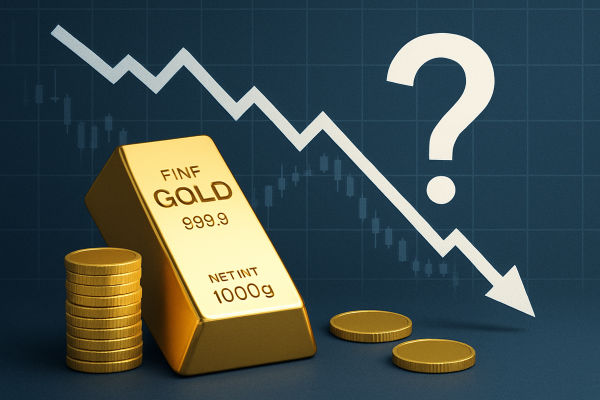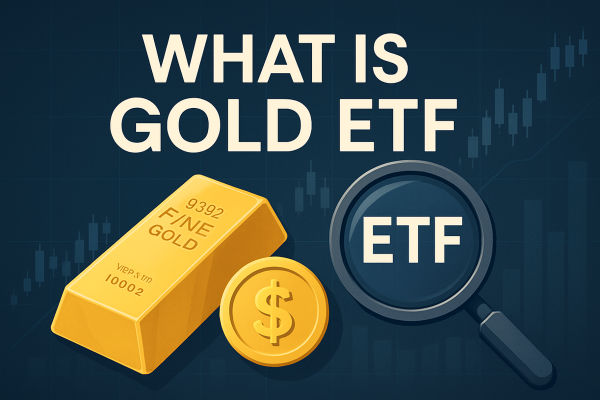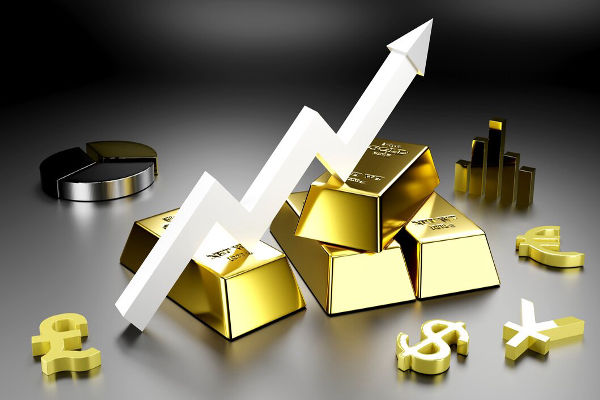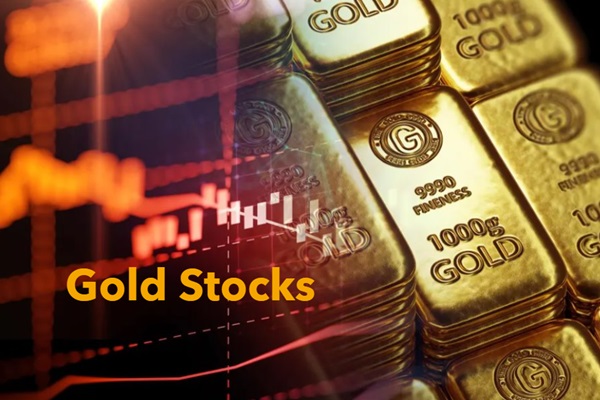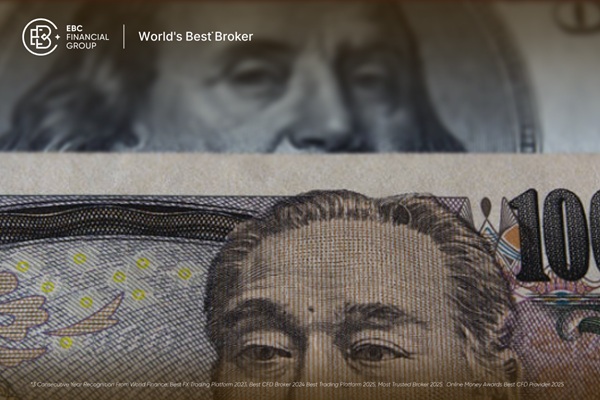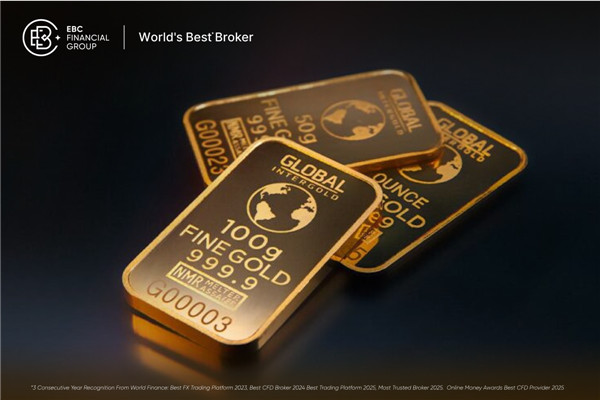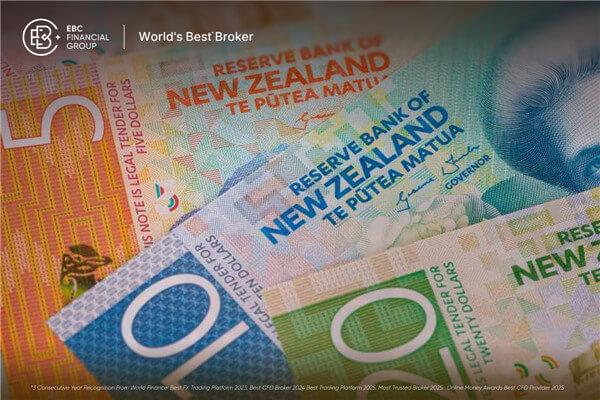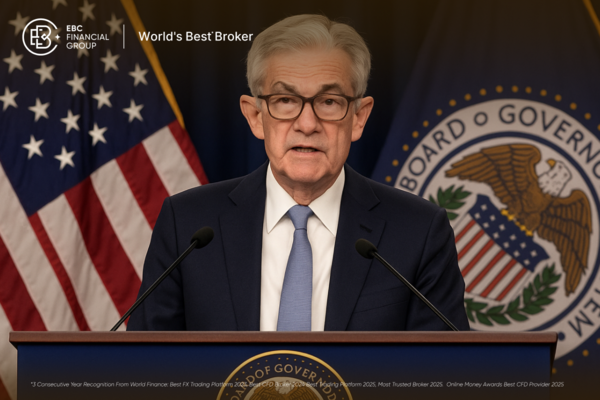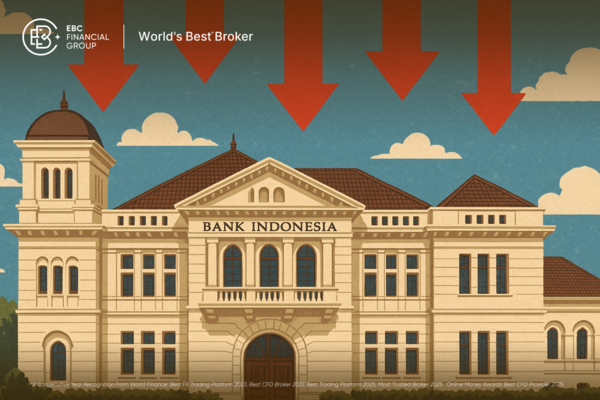For investors, the current gold price is a godsend opportunity and the last opportunity to enter the safe haven race before it begins.
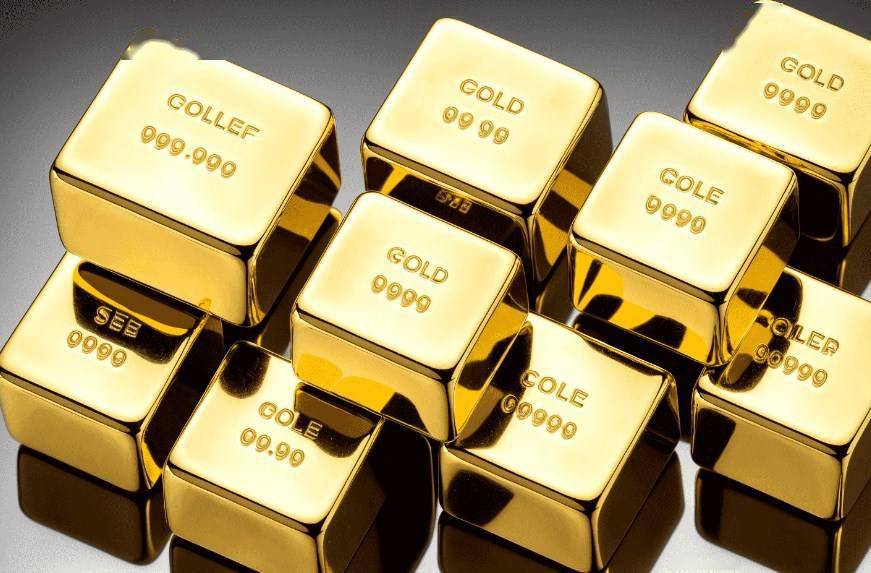
In recent years, the world has undergone tremendous changes. The world has experienced the most severe epidemic since 1918, global supply chain collapse, and the most severe inflation since the early 1980s, although inflation peaked in June last year and cooled down. Meanwhile, Europe is facing the most serious war since the end of World War II. The Russia-Ukraine conflict also involves the financial and economic competition between the United States, the United Kingdom, the European Union and Russia, as well as extreme financial sanctions, such as freezing Russia's central bank reserves.
The financial war and sanctions have exacerbated supply chain obstruction, and currently, there is no sign of supply chain problems subsiding.
If gold is a safe haven, and world security is in jeopardy, the price of gold will inevitably skyrocket, right?
But that's not the case. After rising by over $200 in March, as of press release, the gold price is about $2040 per ounce, still one step away from the historical high of $2069.4 per ounce in 2020.
In fact, gold today is cheaper than three years ago. Over the past three years, although gold has also experienced a "roller coaster" trend, such as breaking the $2000 mark twice and falling below $1680 several times, the overall central trend has remained basically unchanged.
The question is: why can't inflation, shortages, and war make gold prices break through $3000 or even higher ceilings?
The supply and demand conditions are conducive to the rise of gold prices. Over the past seven years, global gold production has remained stable, with central banks increasing their holdings by over 6%.
Over the past 13 years, China has increased its holdings of over 1400 metric tons of gold (official data suggests that the actual situation may be even higher); Russia's holdings exceeded 1500 metric tons.
Poland, Türkiye, Iran, Kazakhstan, Japan, Vietnam and Mexico are also among the gold overweight forces. The central banks of the Visegrad Group (Czech Republic, Hungary, Poland, and Slovakia) also bought gold.
In theory, central banks have the best understanding of the true state of the global monetary system. If the central bank tries its best to buy gold with hard currency (dollars or euros), retail investors are still unmoved by gold, which is really puzzling.
The central bank holds approximately 17.5% of the gold on the market, while the market has a much greater demand for gold bars and jewelry. But the central bank can be said to be the most knowledgeable participant in the market, and their continuous increase in gold holdings is worth pondering.
Interest rates have also fueled the upward trend in gold prices. In the past three years, changes in interest rates have often affected the trend of gold prices. Although it cannot be said that the two are completely linked, the correlation is indeed strong.
The interest rate (Yield to maturity) of 10-year US Treasury bonds fell from 1.930% on December 19, 2019 to 0.508% on July 31, 2020, driving the gold price to rebound at the end of 2020. Similarly, the 10-year US Treasury bond interest rate increased from 1.039% on January 2, 2021 to 3.130% on May 2, 2022, causing gold prices to decline since February 2021. The current interest rate is 3.44%.
James Rickards of Daily Reckoning believes that:
The 10-year US Treasury bond interest rate will continue to decline due to weak global growth, which is good for gold investors. Although the Federal Reserve's interest rate hike has led to a rise in short-term interest rates, investors believe that the Fed will trigger an economic recession, leading to a decrease in long-term interest rates and a rise in gold prices.
Both supply and demand conditions and the overall interest rate environment are conducive to the rise of gold prices, but both seem to have failed to support the continued operation of gold above $2000.
Where is the problem?
The main reason for preventing gold prices from taking off and the inability to attract retail investors to invest in gold over the past three years is the strong US dollar.
In fact, the US dollar price of gold is inversely proportional to the strength of the US dollar. A weak US dollar means an increase in the US dollar price of gold, and vice versa.
As usual, the coexistence of inflation and a strong US dollar may seem contradictory, but that's the truth.
What has been surprising in the past three years is not that gold has not skyrocketed, but rather that gold has traded sideways during the sustained strength of the US dollar. This leads to the next question: Who is behind the strong US dollar and how can it suddenly weaken and lead gold prices to take off?
The strength of the US dollar is driven by the demand for US dollar denominated collateral, mainly US bonds, to exchange the collateral supporting the leverage ratio ratio in bank balance sheets and hedge fund derivatives positions.
This high-quality collateral has always been in short supply. Banks need to exchange scarce collateral through US bonds, which keEPS demand for the US dollar high.
The rush to grab collateral reflects various concerns in the market: the collapse of Silicon Valley banks has triggered a banking crisis, slowing economic growth, defaults, declining lending credit, and a global liquidity crisis. Although we have not yet reached that point, the crisis is gradually pressing and there are no signs of easing.
When weak growth evolves into a global economic recession, a new financial panic will emerge. At that time, the US dollar may no longer be a safe haven, especially against the background that the US has adopted aggressive sanctions against the US dollar hegemony and that major economies such as China, Russia, Türkiye and India want to get rid of the US dollar system.
When panic strikes and the belief in the dollar collapses, the world will embrace gold.
The sideways fluctuations in gold prices are indeed frustrating, but a new liquidity crisis is quietly brewing.
For investors, the current gold price is a godsend opportunity and the last opportunity to enter the safe haven race before it begins. A gold price of over $2000 can also be considered as the price of cabbage.
【 EBC Platform Risk Reminder and Disclaimer 】: There are risks in the market, and investment needs to be cautious. This article does not constitute investment advice.






